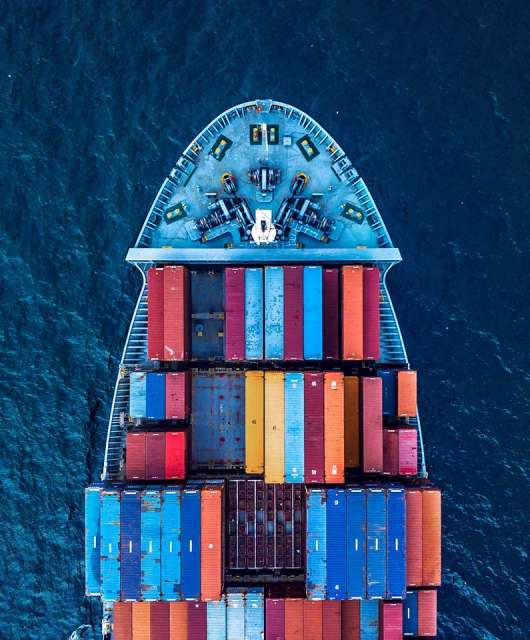This year has been rough. Tens of millions of people lost their jobs, the novel coronavirus caused the worst recession since World War II, and the USA confirmed more than a quarter of a million deaths associated with Covid-19. The death toll continues to rise as the pandemic is continuing to accelerate through all major cities in the USA at an alarming rate. The state of California is seeing curfews being ordered among the most affected counties.
However, 2020 will not only be remembered with the pandemic and the millions of Covid-19 cases across the globe; it will also remain in history as the year when the world officially went remote for good. According to a report recently released by OWL Labs, nearly three-quarters of the full-time workforce in the U.S. ended up working from home during COVID-19.
A year marked with fierce presidential elections, the near-death of the travel industry, and the nearly 20 million guns purchased by U.S. residents is also the year that forced tens of millions of Americans to start working from home. And they seem to enjoy it. In fact, more than 4 out of 5 people who participated in the survey by OWL Labs said that they believe their employer will support remote work after COVID-19.
OWL Labs determined that people seem to be very adaptable to working from home. Workers are getting used to working from home, with half of the USA workforce saying they won’t return to jobs that don’t offer remote work after the pandemic is over. The gas savings, the extra time with the family because of no time wasted on commuting nor dressing up is undoubtedly affecting the oil and fashion industries but is also appearing to make people wanting the changes to remain after the lockdown is over.
Employees seem to enjoy the extra money they save on gas and the spare time they spend with the family instead of being stuck in traffic. The new trend that is likely to stay post-covid-19 also appears to be applauded by scientists – researchers are delighted with the significant reduction in seismic noise. Environmental groups also welcome the permanent changes as fewer cars on the freeway means less harmful gases – the Covid-19 pandemic caused a massive decrease in daily global CO2 emissions.
While 2020 is certainly a year that brought many negatives, if you are the glass-is-half-full type of person, you should see the light in the tunnel. But you have to be cautious too as great power comes with great responsibility – working from home might give you 30 minutes of extra sleep every week-day, but it also means that you are more and more reliant on technology. With no easy access to your I.T. department, things can go sideways pretty quickly. If hackers manage to penetrate your system, they will access company information that could cause profound implications. If your work devices are not protected, now it may be a good time to contact your I.T. department at work and get them to reassure you that you have the latest and greatest antivirus software on your devices.







